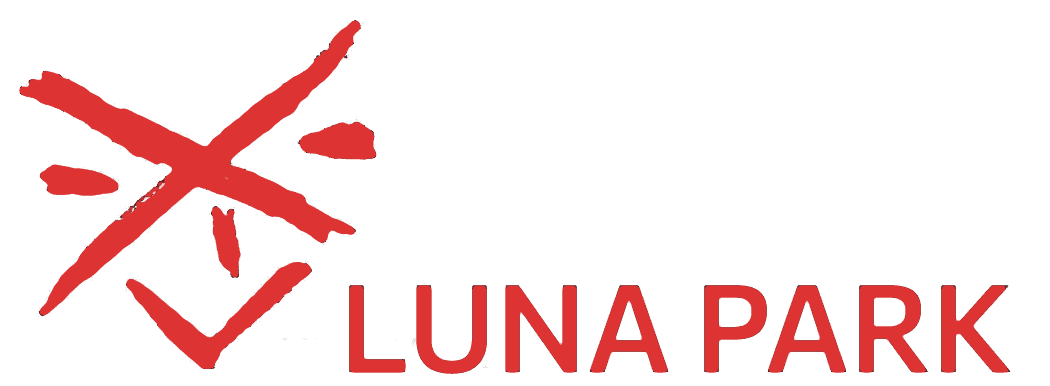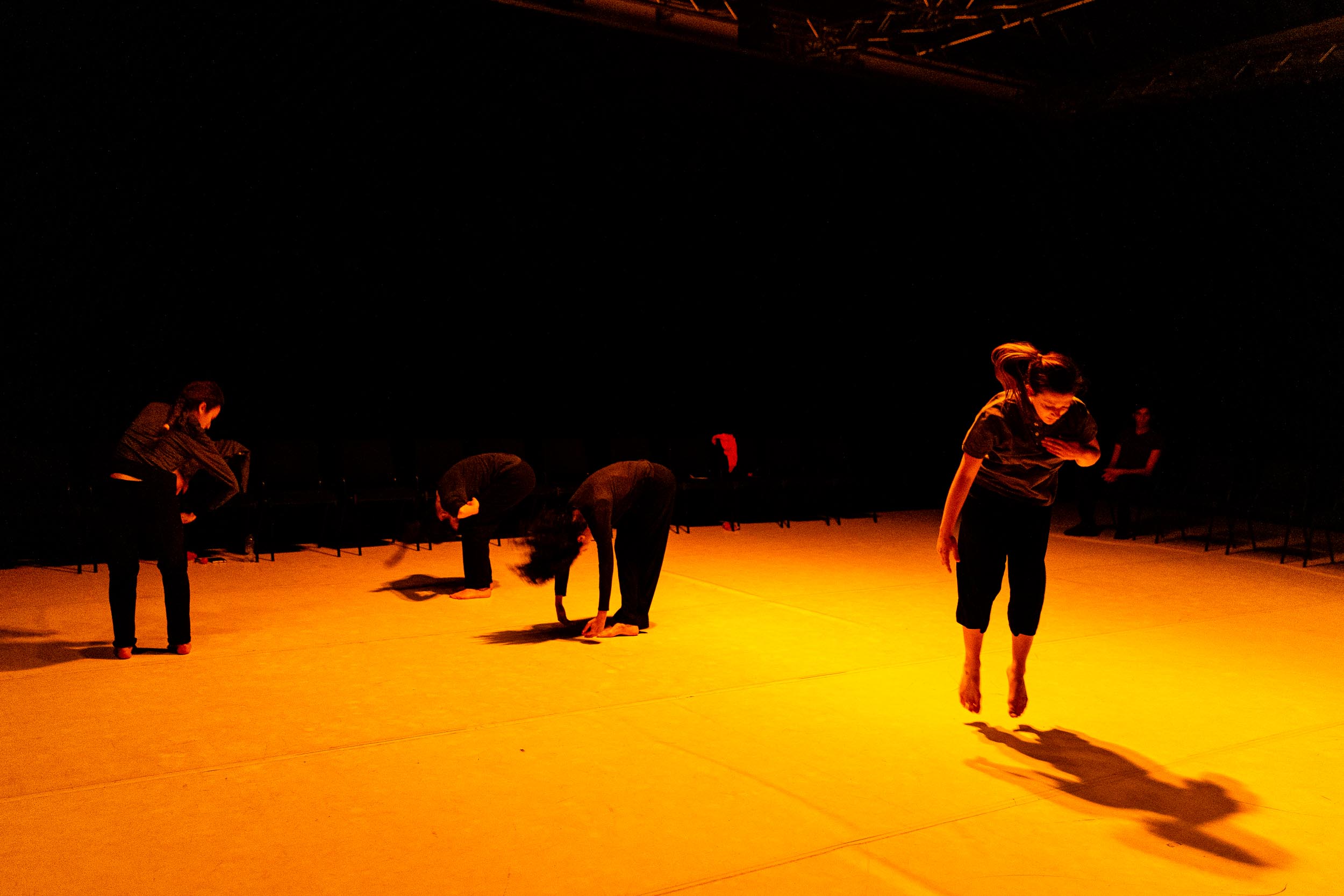The year 2010 marks the beginning of my collaboration with Kosmas Kosmopoulos, the artistic director and choreographer of the Initiative LUNA PARK e.V., which has been fascinating and visually challenging until now. This collaboration inspired some of my most exciting photos and motivated me to find intuitive techniques to capture the fleeting moments of dance in still form.
Working on my archive allowed me to reflect on and expand my approaches to the aesthetics of photography in two ways: from the viewpoint of the artist, but also from that of the viewer. Personally, quiet moments of reflection at dance events captured by the human eye (or the camera eye) had significance in achieving more depth in my photographic practice. To give an example, in my photographic journey with dance I have often wondered how to blur the boundaries between documentary and art photography, between fantasy and reality. An answer highlighted by the research is that the strong desire to photograph dance functions both as an art and documentary genre. Either way, the photography of dance is a unique art form, in which a split-second gesture lasts forever. As a performance art, dance is truly ephemeral in nature. It takes place in a specific space, at a specific time, and then disappears leaving behind only traces of memory for dancers and spectators. So the only means we have to remember a dance are the photos or the video recordings.
To expand on the above issues, another frequent question that has occupied me is how still photography can capture the elusive temporal dimension of dance. While dance is fluidity and continuity in time and space, photography fragments time and fractures space. In other words, still photography inevitably presents dance without motion or with an idea of motion. And yet between these two points of possible conflict is where lies the long historical relationship of dance and photography. Most people who are interested in dance or photography may find that there are some images that speak to them in a kinesthetic way, images that obviously do not move but perhaps give the illusion that they are moving. The innate ability of viewers of ‘reading’ an image that expresses emotions through bodily movement has been defined as kinesthetic empathy. In this context, if the goal is motion communication, the photographic image must appear ready to move, and this is what many eminent theorists have described as the central power of effective photography.
However Dance photography, for me, is not just the quest for a beautiful photo that conveys movement. It is the quest to render and convey the feelings of these movements, the artistic hiatus between dance language and the reality they sought to describe. The Dancer’s movements are shaped by constant interactions with the spatialities and temporalities of nature which can be summarized in the sentence that has inspired my title, “Everything in the universe has rhythm. Everything dances.” by the brilliant American poet and activist, Maya Angelou.
While shifting through my archive looking at each photo over and over again, the idea of creating a book with visual realities that (re)present the poetics of dance was born. After spending six months editing the photos, I laid the ground for the realization of a book with selected images that invite the viewer to feel the emotion and meaning of dancing bodies suspended in time and space. The editing process involves the careful post-production of the raw images. Balancing the positive and negative spaces in the Frame with the contrasts, shadows, highlights and colors is key in faithfully representing the sense of the choreography I am documenting.
terms of material, the book will contain a broad range of photos that represent only a fraction of the many ways that dance is created, such as conceiving, experimenting, rehearsing, and finally the staging of LUNA PARK’s early and more recent choreographic works. To give an idea of the visual material of the book, in some photos we can see the ability of the dancers I have been fortunate to work with to transform their technical virtuosity into exquisite emotions and embodied dance experiences. In other photos we can see the pure joy of movement and freedom of expression of young children in dance education and performances choreographed around them, most of whom come from marginalized refugee or migrant communities. The contact of professional dancers and children in site-specific dance suggests a fascinating visual setting that poetically merges dance, photography and physical environment.
The photographs included in the book seem to be an interplay between documentary and art composition. Overall, they showcase the continuity and evolution of LUNA PARK’s artistic work, while also they showcase the great challenges one faces in grasping and preserving the meaning of dance as a photographer. In a deeply personal way, I feel that my photographs privilege all the individuals who trusted my photographic visual language. In conclusion, the photo book will be hopefully converted to print in the future under the possible title “Stills, Moving Images”.
I look forward to exchanging ideas with practitioners and theorists in the field of dance and photography.
Giovanni Lo Curto started his professional career as a documentary photographer in 2009. After he left Palermo, his native city in Sicily, in the late 1990s to travel and live in South America and the Middle East, photographing real life events that communicate the existence of diverse identities in the social, political and economic turmoil in different landscapes of our world. In 2010, he moved to Berlin where he works as a photojournalist, photo editor, dance photographer and photography teacher. Over the years, his most powerful images have been featured in Fine Arts magazines and newspapers.
“Funded by the Federal Government Commissioner for Culture and the Media in the NEUSTART KULTUR program, aid program DIS-TANZEN of the Dachverband Tanz Deutschland.”




